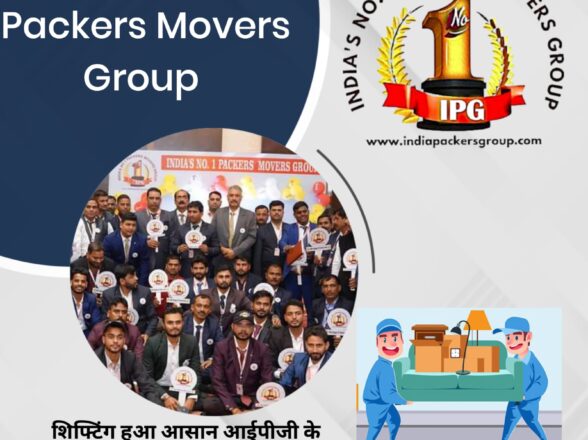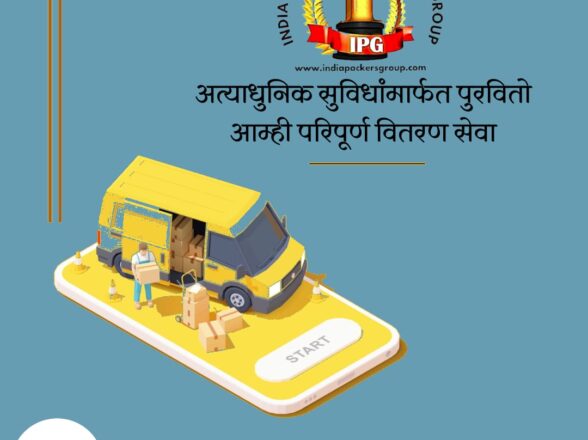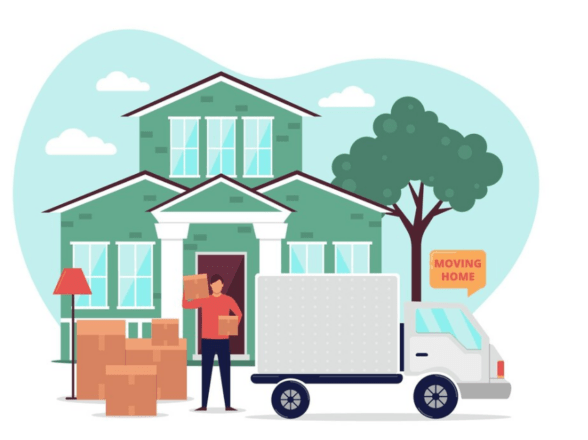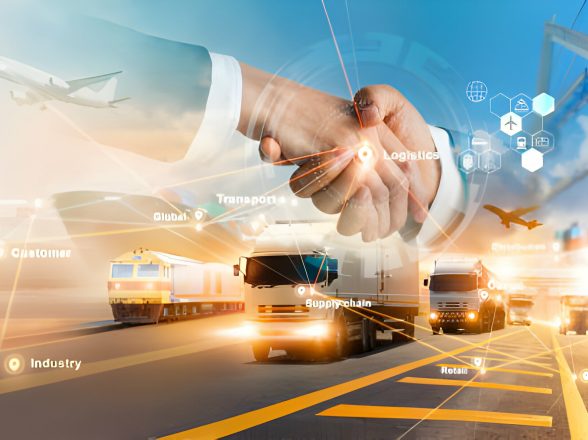Globax news
Blog
The Opportunities for Freight Transportation

Freight transportation plays a pivotal role in the global economy, facilitating the movement of goods across regions and countries. The sector is undergoing significant transformation due to technological advancements, changing consumer demands, and environmental concerns. These dynamics present numerous opportunities for innovation, efficiency, and growth in freight transportation. This essay explores these opportunities across various dimensions, including technology, sustainability, infrastructure development, and market expansion.
Technological Advancements
1. Automation and Robotics: Automation is revolutionizing freight transportation, particularly in warehousing and distribution centers like packers and movers in Goa. Automated Guided Vehicles (AGVs) and robotics are enhancing efficiency in cargo handling, reducing labor costs, and minimizing human error. Companies like Amazon and Alibaba have already implemented such technologies in their fulfillment centers, showcasing significant improvements in processing times and accuracy.
2. Internet of Things (IoT) and Big Data: The integration of IoT and Big Data analytics offers unprecedented opportunities for optimizing freight operations. IoT devices can track the location, condition, and movement of goods in real time, providing valuable data for predictive maintenance and route optimization. Big Data analytics can process this information to identify patterns and trends, allowing companies to make informed decisions, reduce delays, and improve overall supply chain efficiency.
3. Blockchain Technology: Blockchain technology can address issues of transparency and security in freight transportation. By creating an immutable ledger of transactions, blockchain can enhance trust among stakeholders, streamline documentation processes, and reduce the risk of fraud. Companies like Maersk and IBM have launched blockchain platforms for shipping, which have shown potential in reducing paperwork and speeding up cargo clearance processes.
Sustainability Initiatives
1. Alternative Fuels and Electrification: The push towards sustainability is driving the adoption of alternative fuels and electric vehicles (EVs) in freight transportation. Biofuels, hydrogen fuel cells, and electric trucks are being explored as viable alternatives to conventional diesel engines. For instance, Tesla’s Semi truck and Nikola’s hydrogen-powered trucks are examples of how the industry is moving towards cleaner energy sources, which can reduce carbon emissions and operational costs in the long run according to packers and movers in Guwahati.
2. Intermodal Transportation: Intermodal transportation, which involves the use of multiple modes of transport (e.g., rail, road, sea) for a single shipment, can significantly enhance efficiency and reduce environmental impact. By optimizing the use of different transportation modes based on their strengths, companies can lower fuel consumption and emissions. Rail and sea transport, for example, are more energy-efficient for long distances compared to road transport.
3. Eco-friendly Packaging: Sustainable packaging solutions can contribute to reducing the carbon footprint of freight transportation. Biodegradable materials, reusable containers, and minimizing packaging waste are strategies being adopted by companies to meet environmental regulations and cater to eco-conscious consumers. This shift not only benefits the environment but also can lead to cost savings through reduced material usage and waste management expenses.
Infrastructure Development
1. Smart Infrastructure: Investment in smart infrastructure is crucial for enhancing the efficiency of freight transportation. Smart ports, equipped with advanced sensors and automation technologies, can streamline cargo handling and reduce turnaround times. Similarly, smart highways with IoT-enabled traffic management systems can optimize freight routes and reduce congestion, leading to faster delivery times and lower fuel consumption.
2. Urban Logistics Hubs: E-commerce has increased the demand for efficient last-mile delivery solutions. Urban logistics hubs, strategically located within or near cities, can facilitate quicker distribution of goods to consumers. These hubs can leverage technologies like automated sorting systems and drone deliveries to enhance efficiency and meet the growing expectations for rapid delivery services with packers and movers in Prayagraj.
3. Public-Private Partnerships (PPPs): Public-Private Partnerships can significantly develop and maintain freight infrastructure. Governments can collaborate with private sector companies to fund and manage infrastructure projects, ensuring they are built to meet current and future demands. PPPs can facilitate the construction of new ports, highways, and rail networks and the modernization of existing infrastructure.
Market Expansion
1. Emerging Markets: Emerging markets in Asia, Africa, and Latin America present significant opportunities for growth in freight transportation. Rapid urbanization, industrialization, and rising consumer incomes in these regions drive demand for goods and, consequently, the need for efficient logistics services. Companies that establish a strong presence in these markets can capitalize on the expanding trade volumes and infrastructure investments.
2. E-commerce Growth: E-commerce growth of e-commerce is reshaping the freight transportation landscape. The need for fast and reliable delivery services is pushing logistics providers to innovate and expand their capabilities. Opportunities abound in developing specialized services for e-commerce, such as same-day delivery, cross-border shipping solutions, and efficient returns management.
3. Specialized Freight Services: The increasing complexity of global supply chains creates demand for specialized freight services. Sectors like pharmaceuticals, perishable goods, and high-value electronics require tailored transportation solutions to ensure the safe and timely delivery of products through packers and movers in Lucknow. Companies offering specialized services, such as temperature-controlled logistics or secure transport for sensitive goods, can tap into these lucrative market segments.
In Conclusion
The freight transportation industry is at a crossroads, with numerous opportunities emerging from technological advancements, sustainability initiatives, infrastructure development, and market expansion. Companies that embrace these opportunities and invest in innovation will be well-positioned to thrive in the evolving landscape. The sector can achieve greater efficiency and transparency by leveraging automation, IoT, and blockchain.
Embracing sustainability through alternative fuels, intermodal transport, and eco-friendly packaging will address environmental concerns and reduce costs. Infrastructure investments, particularly in smart technologies and urban logistics hubs, will support the growing demand for rapid delivery services of packers and movers in Patna. Finally, tapping into emerging markets and specializing in niche freight services can drive significant growth and profitability in the future.








































